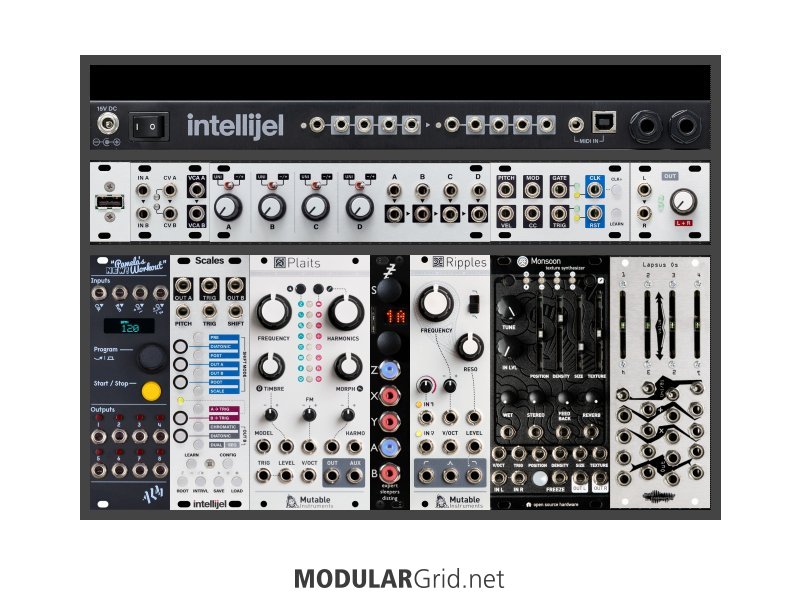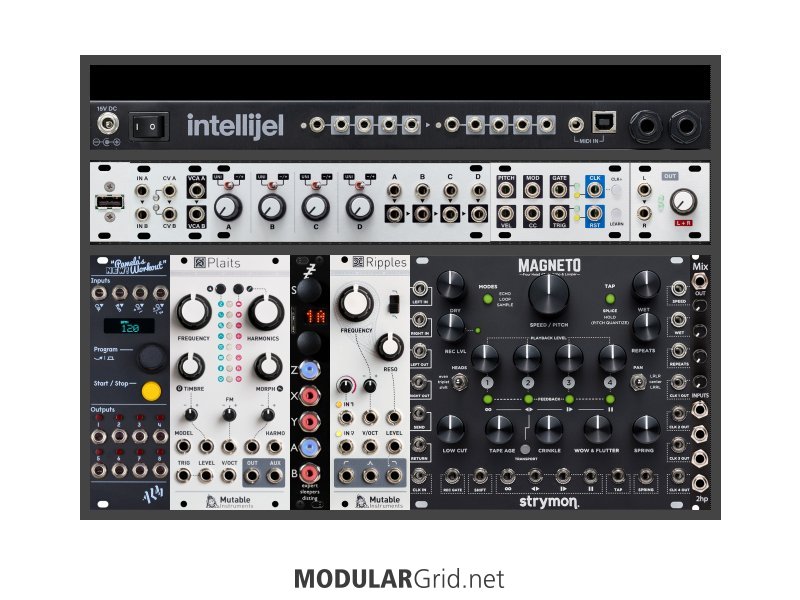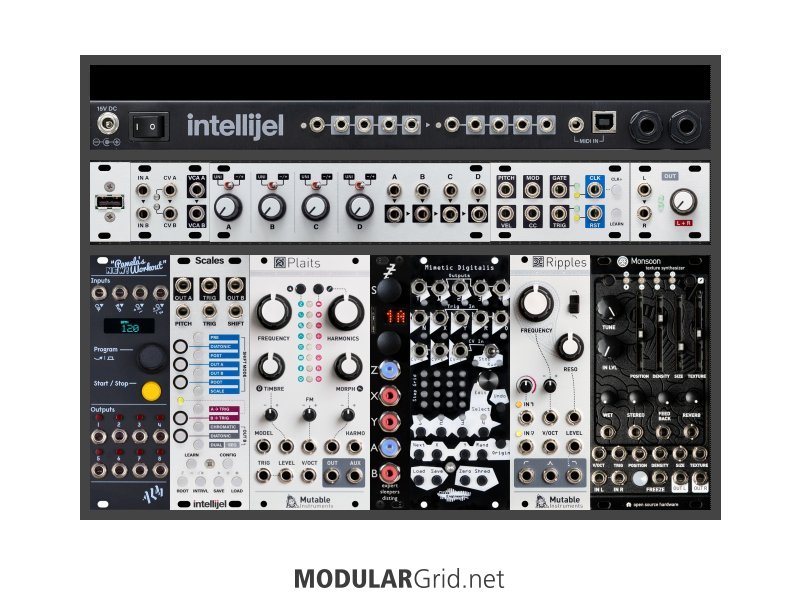Hi Kieranjonesmusic, All,
Kieranjonesmusic: Welcome to modular synthesizers and as almost everybody mentioned already, go for a bigger case is the best hint we can provide to you. If you don't mind to spend the money then the Intellijel 7U 104 HP case is a nice one. If you want a budget case then keep reading.
You might want to start with a "classic & simple" synthesizer setup, meaning start with two VCOs, one or two filters, two VCAs (one for linear, the other one exponential), one or two LFOs, again one or two EGs, a mixer and an I/O module to go external though some of our members here do this without the I/O module, up to you, can't say haven't warned you to be careful then with DC signals ;-) I haven't even mentioned other utility modules yet, which would be the next step and only after that the more fancy looking modules (if at all). Since you have already those two lovely Make Noise - 0-coast and 0-ctrl modules, you got already some quite nice stuff there together with the above classic setup that isn't even that simple as one might think!
Your video and track is nicely done by the way! You almost fulfil the new "requirement" here of 17 minutes, but that's for a drone, so I guess your 13 minutes are fantastic for a starter ;-) Actually... your track is so beautifully done... why bothering to go into modular synth? Modular synth is bloody costly and with a track like the above, I would just continue that way; would save tons of money ;-)
All: Not sure why this Mantis case is always mentioned as being the best case to start with since it would be the cheapest one, it always puzzled me a bit, so let's have a look into more details, shall we? ;-)
I will base the prices on a very well known online seller, wouldn't name it but it starts with a T and ends with an N ;-) Prices are here for Germany, but similar elsewhere.
The price of the Tip Top Mantis Blue is at Euro 339, for that you get 2 rows, each row at 104 HP thus a total of 2 x 104 = 208 HP.
This means a price per HP you pay of Euro 339 / 208 = Euro 1.63/HP. Okay not too bad indeed and we all know this is one of the cheapest cases we can get, right?
Then the Doepfer - A-100LC9 comes at Euro 398, for that you get 3 rows, each row at 84 HP thus a total of 3 x 84 = 252 HP.
That means for this A-100LC9 you pay per HP the Euro 398 / 252 = Euro 1.58/HP. That's 5 cents per HP cheaper, i.e. 5 x 252 HP = Euro 12.60 cheaper than the Mantis, if that one would come in 252 HP.
Now that difference is minimal, I agree. But let's have a look into the Doepfer - A-100LMS9, that one comes at a price of Euro 718, for that you will get also 3 rows however at 168 HP per row, meaning a total of 3 x 168 = 504 HP.
That means the A-100LMS9 gives you a price of Euro 718 / 504 HP = Euro 1.42 per HP, and that's much cheaper than the Mantis ;-)
That is a difference per HP of Euro 0.21 * 504 HP = Euro 105.84, so the Doepfer is about Euro 106 cheaper than the Mantis (if there would be a Mantis of 504 HP)...
I don't mind if one mentions that a Mantis is a good choice but can we please agree that we would say then that getting a Mantis would be a good 2nd choice and the best choice (best as in cheap) is the Doepfer ;-) ?
Just pulling a leg here but wanted to make a point here at the same time :-) Enjoy modular and kind regards, Garfield.




